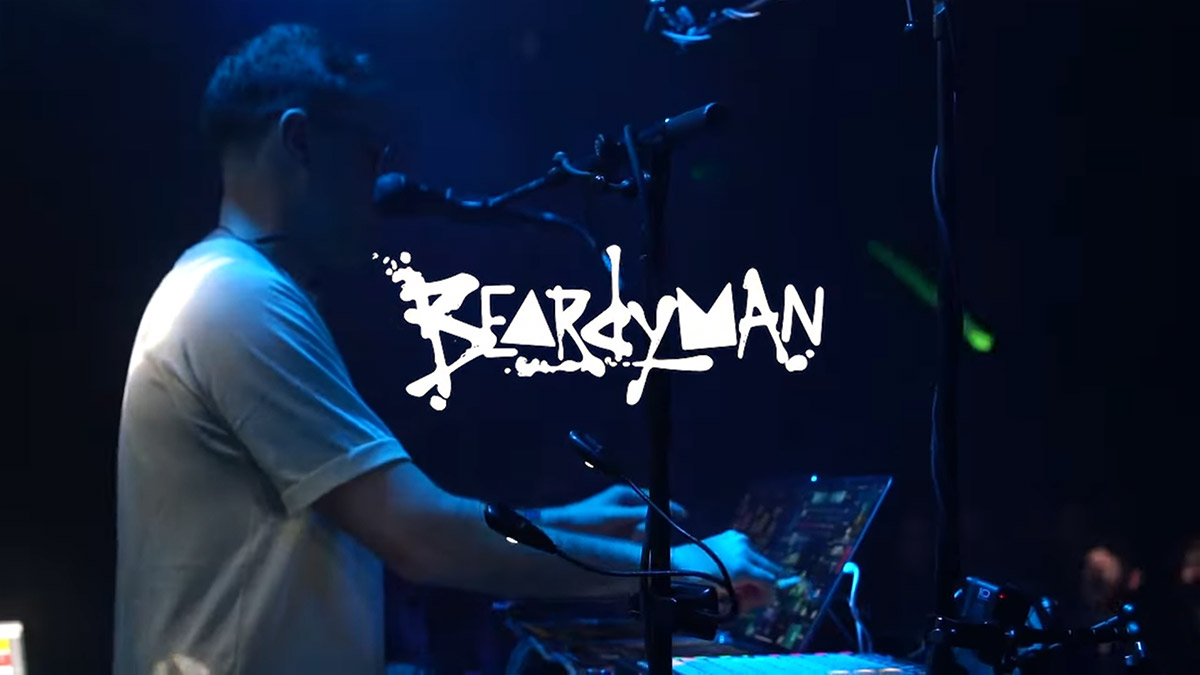 Beatboxer and live-looping aficionado Beardyman discusses updating his live performance setup with the RME Fireface UCX II audio interface.
Beatboxer and live-looping aficionado Beardyman discusses updating his live performance setup with the RME Fireface UCX II audio interface.
Darren Foreman is a London-based beatboxer, singer, rapper and voice artist who performs under the stage name Beardyman.
A sonic innovator with a keen interest in new music technologies, Beardyman’s unforgettable live performances combine his own wide-ranging vocal talents with live looping, visuals, and even live sampling of the audience itself.
We sat down with the man behind the beard to chat about his recording setup, his ventures into live-streaming during the lockdown, and why RME audio interfaces are crucial to his live performances.
RME Fireface UCX II: Beatboxing and Live Looping with Beardyman
See more videos at Synthax TV
Beardyman on performing live
“When I play live I like to improvise,” Beardyman tells us. “I like not knowing what I’m going to do, and then just seeing what happens. I think I generally will have an idea of what I’m going to do somewhere in my subconscious, but I never quite know what it is until I step out onto the stage.”
A typical Beardyman live set features music spanning genres such as hip hop, drum ‘n’ bass, techno and dubstep. Unlike a more traditional electronic musician however, all of the sounds are made by sampling his own voice in real time, and even audience members themselves, with the results heavily manipulated via effects and controllers.
“I do beatboxing and singing and all this stuff, and then I sample it live, and end up doing finger drumming and looping,” Beardyman continues. “Every sound that you hear has come from my voice, but I mangle it and manipulate it so much that it’s hard to tell in the end… which I suppose begs the question, why I do it at all haha!”
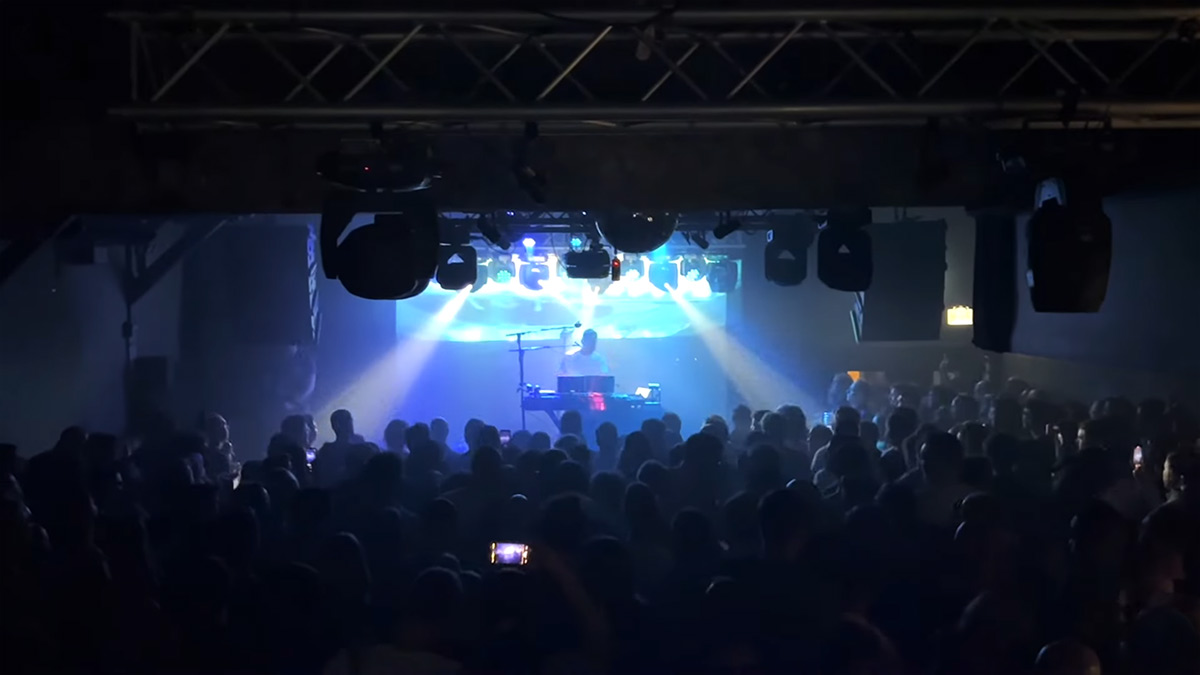
“[Beatboxing] evolved from people just going ‘bfff, bfff’, into actual, really tight beats, and stuff that at times was indiscernible from ‘real music’. My place I suppose was always as this sort of multi-hyphenate clown, where I would just use beatboxing because it was the quickest way to get ideas out of my head. And then looping just seemed like a natural way to capture those ideas, mould them into arrangements, sing over them, produce them, and then just wipe the slate clean and start again.”
“I saw a guy called MC Xander around 20 years ago – he’s still doing stuff now – and he was using Kaoss pads, he was looping, and doing live effects. I’d never seen anyone do that before, and I immediately knew that this was what I had to do. I was doing looping, but it was quite basic. I had a Line 6 DL4, but what I saw him do was so incredible, that I immediately had that as my focus. And I started fantasising about this dream setup, where any idea could immediately be manifested – think of it, beatbox it, manipulate it. And it’s been the dream ever since, and I’m always working towards it.”
“Another influence was Tim Exile, who at the time was doing this insane tearout, breakcore madness. He had a head-mic on, and he’d be generating stuff with his voice. He wasn’t really a beatboxer as such, but he’d be spitting this madness into the microphone, and formlessly turning it into this evolving breakcore that would be so mangled and insane. But because of the tightness of the programming he’d done in Reaktor, it didn’t matter what he screamed into it, he could manipulate it into music.”
“So seeing that was pivotal for me, because I was taken by how formless you can be when you’re producing on the fly. You would never think to make music like that if you were planning it, it has to evolve naturally from a place of chaos, and capturing chaos. And then funnelling that into something that people can respond to, and that you’re responding to in real time. That’s what’s always appealed to me about beatboxing and live looping.”
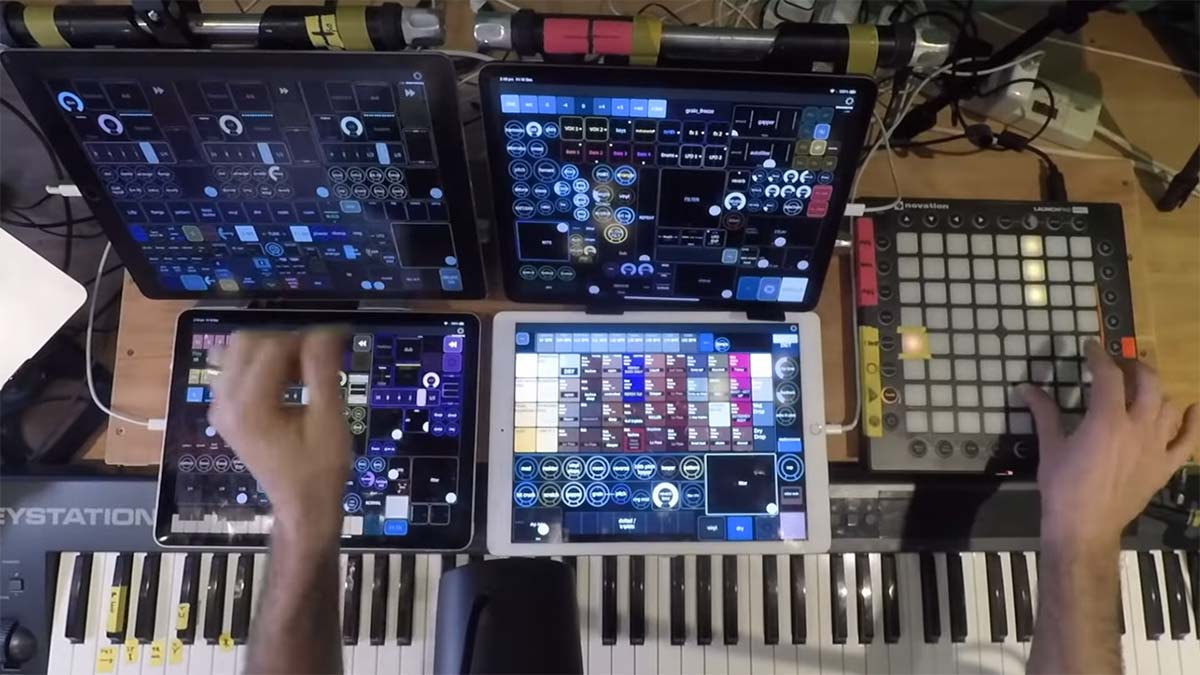 Live-streaming on Twitch
Live-streaming on Twitch
Interacting with his audience has long been a staple of Beardyman’s live performances. But when the Covid-19 lockdown put a halt to touring, the artist took his live-streams to a whole new level, sampling fans live over the internet – a setup that required some fairly complex audio routing.
“That’s why this is a green screen studio now, having transitioned from being just a sound-space, into a kind of AV studio,” Beardyman says. “There’s cameras mounted everywhere, and I managed to create this virtual environment, a kind of virtual production space.”
“So that gets put out through Discord, and my patrons can contribute directly to the music on the stream, along with Twitch and YouTube, where anyone who isn’t a patron can comment but not be heard.”
“For that you need to pay entry into the kind of ‘special zone’, where you can be sucked into the music and into my studio. But to do that was really not straight-forward.”
“You ask anyone ‘what is the most reliable, tourable, clean, efficient, stable piece of tech’,
and they’re going to tell you it’s RME.”
“When I was first researching how to get it done, I was looking into broadcast truck tech, and purpose-built hardware. And then in 2020, computers were just about getting fast enough to do this stuff. So now I just have two computers, and that’s all I need to do this.”
“I’m running visuals using Resolume, OBS for streaming, and Ableton, which is doing all of the sound processing. And then my iPads which I use as controllers. No sound passes through them, but they allow me to completely configure the interface that I use to perform. It was an absolute slog trying to figure out how to route all of this stuff, because you need the patrons to not hear themselves monitoring back, but the people on the stream need to hear the patrons.”
“Which sounds straight-forward, but you’re using two computers, there’s ADAT flying everywhere, there’s mixes being made in my ears for the sake of monitoring, and in the rig for the sake of the stream…”
“To figure all of that out as a sort of one-shot tech success, I would have had to draw a really complicated routing diagram. I think I tried to do that a couple of times, but in the end just thought, ‘move fast, break things, make mistakes’, and figure it out that way. But yeah, the routing was an absolute mind-bender.”
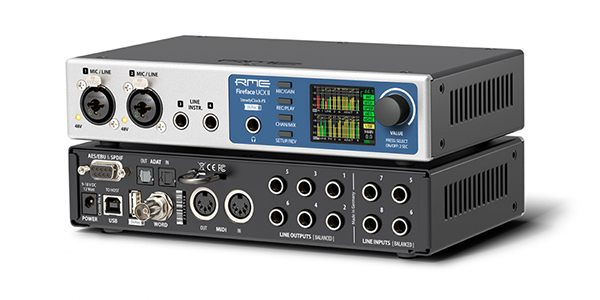 On RME Audio Interfaces
On RME Audio Interfaces
Both Beardyman’s recording studio and live rig are based around a selection of RME audio interfaces, including his latest acquisition, the RME Fireface UCX II.
“I think I got my first RME unit in 2008,” Beardyman explains on the topic of RME. “It’s still knocking about here somewhere, it still works. But I got that because it was recommended to me by everyone – RME were the brand if you were serious about audio.”
“And I’ve never looked back. I’ve tried other things, and they just aren’t as good, by any metric. It’s either all ‘bells and whistles’ but no substance, or clarity or stability. I have two [Fireface] UFXs, a UCX, and now the UCX II. I just keep them on rotation, for whatever I need.”
“Occasionally I’ve done a project with a band, and I’ll just take one of them out. These days I find the UCX II is small enough and fully-featured enough, that any I/O I need can be accommodated. And if there’s sort of extra I/O that I need, I’ve always got a couple of inputs and outputs spare.”
“It was recommended to me by everyone – RME were the brand
if you were serious about audio”
“Sometime around 2011 or 2012, I started to really explore ways to go deep on the whole live-looping and live production thing. I started to recruit C++ developers, to build a looper for my purposes from the ground up, so they were using Objective-C to build iPad interfaces. We developed our own protocol for data over Wi-Fi to do this, and we made our own multi-threaded audio engine to handle all of this audio. It was mad. And it was never a question in my mind, which brand to use for the I/O hardware, it was always going to be RME.”
“They have really transparent preamps, they have the most straight-forward matrix mixer that you could need. And they’re rugged and stable.”
“The UFX also has its standalone DURec recording. So you just shove a thumb drive in and you can record all of your tracks, or a selection of the tracks straight to it, and they end up as this multi-channel file that you can unpick afterwards.”
“And for years this is how I recorded my sets. But I needed something that was a smaller form factor. The original UCX is that device – 1/2U size, really tourable – but it didn’t have the DURec recording. Now with the UCX II you have that capability as well, so I just had to get my hands on one, and it’s in my rig right now nestled under an iPad.”
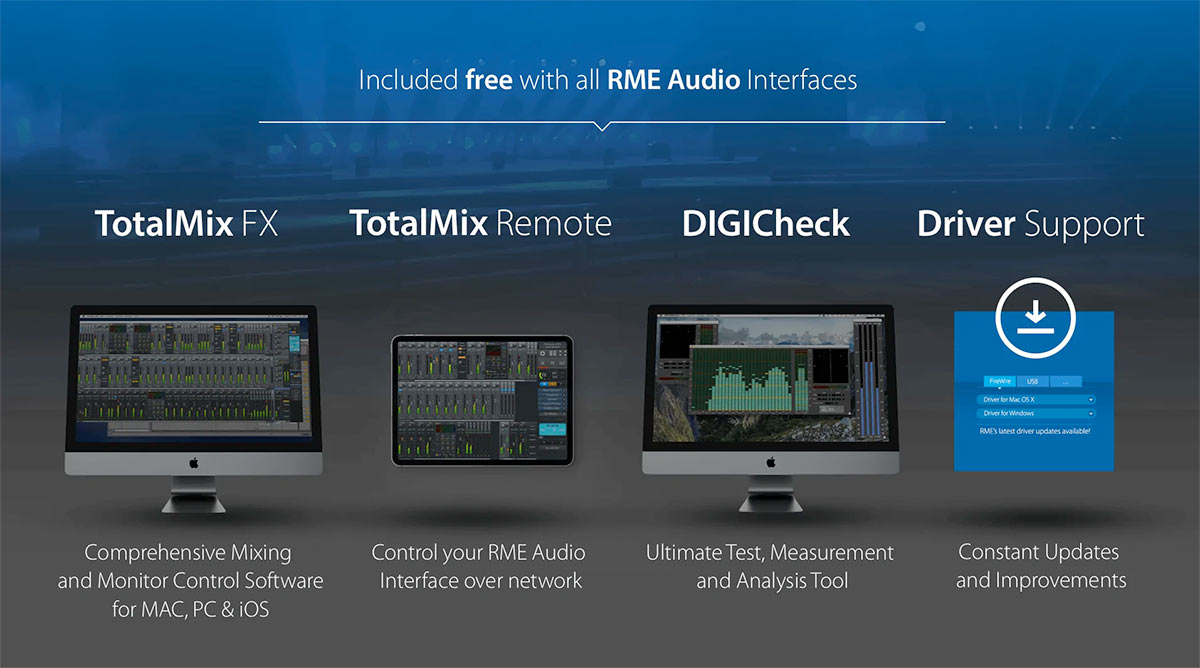 On TotalMix FX, Drivers and Latency
On TotalMix FX, Drivers and Latency
RME devices are known for excelling at low-latency performance, a feature that’s particularly crucial for musicians playing live. RME’s software mixer, TotalMix FX, provides extensive control over all levels and routing, and offers DSP-based effects like EQ, Reverb and Delay on every channel.
“What’s great about RME’s software is that whilst it looks quite monolithic, that is its advantage,” Beardyman says of TotalMix FX. “It’s not trying to do any of the work for you. A lot of competitors that I’ve tried, they try and help you out by building your submixes for you, by dictating set ways that you can use their software. RME doesn’t do that, it’s a completely open-ended matrix. So if you’ve got some sort of weird routing requirement, you can easily make it happen.”
“The latency is also industry-leading, which is super important to me. Because when I’m beatboxing, and I’m trying to land a snare directly on a kick, you can hear if a transient hasn’t landed exactly on another transient. If you’re trying to do techno for example, where it has to be absolutely dead on, there’s no forgiveness there. And it can sound bad, like you’ll misalign things as you’re looping over them. Latency is a focus of mine, and I’ve tried other brands, and they just don’t have the same latency performance. RME is the winner there.”
“I’ve tried other brands, and they just don’t have
the same latency performance”
“In terms of what your DAW is doing, it has an audio call-back, and it must return all that data within that audio call-back buffer length. And if it doesn’t you get a buffer underrun, and you hear that as clicks. With the hardware, it just has to not add too much to that either side.”
“And that’s where something like an RME card shines. It’s adding nothing perceptible to that audio buffer length, it’s very, very short. For me that’s so important, I need to shade off every millisecond that I can, and with RME the latency is fractional, you can’t perceive it, and that helps a lot.”
“You ask anyone ‘what is the most reliable, tourable, clean, efficient, stable piece of tech’, and they’re going to tell you it’s RME. And that’s all the advertising you need. So I don’t even need to say it, this whole thing is redundant haha.”
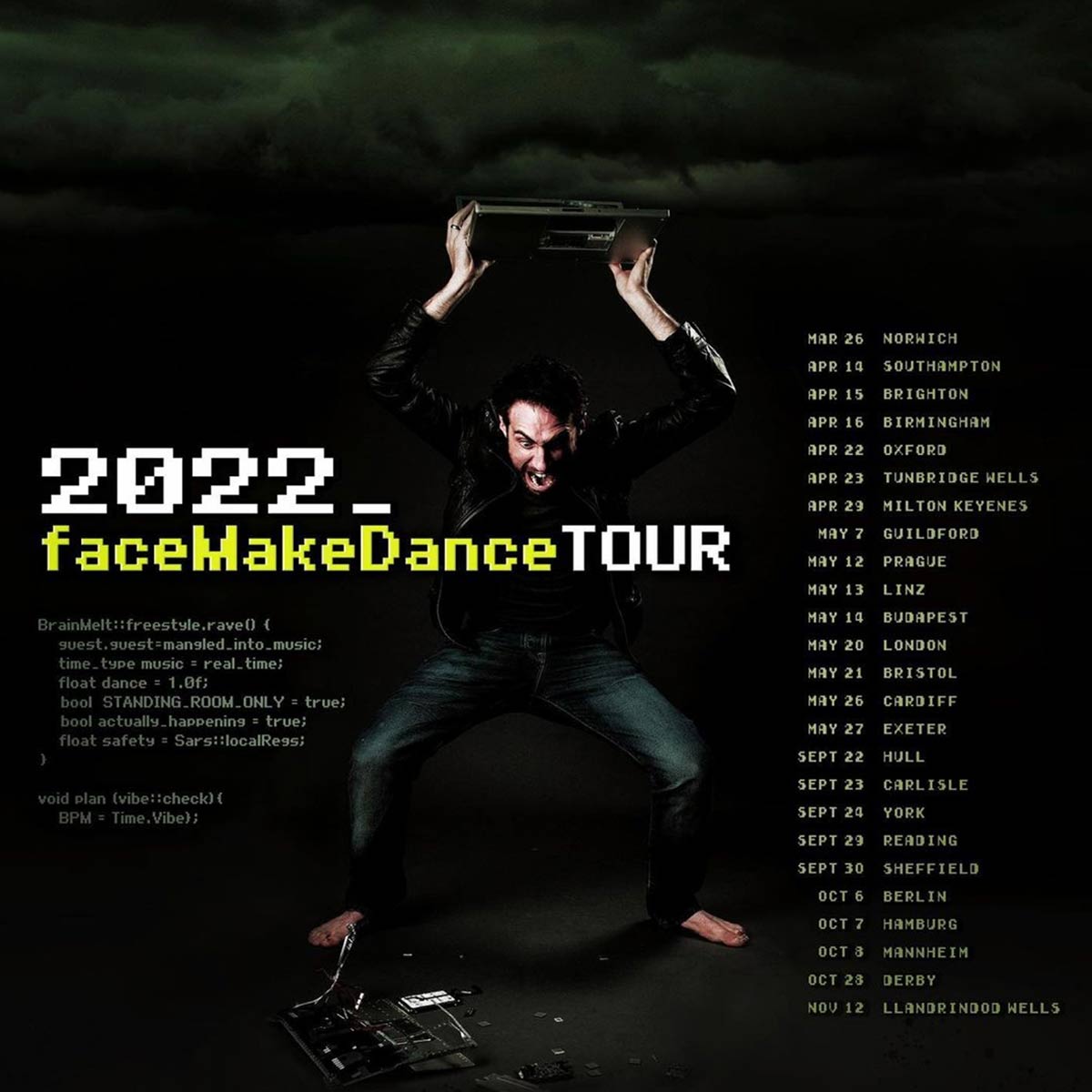 What’s next for Beardyman?
What’s next for Beardyman?
“Anyone that wants to check out what I’m doing, just find me on the internet. I’m doing this thing where I’m giving back to patrons at the moment, where if you give me a really good idea and I do it you get a share of the royalties. That’s quite an interesting thing, yeah come and be a part of that, it’s fun to get involved and everyone creates stuff together. Yeah that’s the vibe.”
“I’m also touring so check out my live tour page, see where I’m playing next, come and get involved. And yeah if you’re in the crowd I might shove a mic in your face, you’ll go through an RME, and then you’ll come out sounding crystal clear and I’ll make techno out of your face.”
Our thanks to Beardyman. Check out his thoroughly entertaining livestreams on Twitch here, or visit www.beardyman.co.uk for all his upcoming show dates.
Find out more about the RME Fireface UCX II
See the full list of UK RME stocking dealers





















